The art of pairing wine with food is a journey that can elevate your dining experience from ordinary to extraordinary. Whether you're a seasoned wine enthusiast or a newcomer eager to explore, understanding the nuances of wine pairings can enhance the flavors of both your glass and your plate. This ultimate guide aims to demystify the process, providing you with the knowledge to create harmonious combinations for every type of food.
Understanding the Basics
Before diving into specific pairings, it's crucial to grasp the fundamental principles behind why certain wines complement specific dishes. The goal is to balance the intensity of the wine with the food, ensuring that neither overpowers the other. Consider the body, acidity, sweetness, and tannins of the wine in relation to the flavors and textures of the food.
Pairing Wine with Meat
- Red Meat: Robust red wines are the classic pairing for red meats. A full-bodied Cabernet Sauvignon or a smooth Merlot can complement the richness of steak or lamb, with the tannins in the wine helping to cut through the fat.
- Poultry: White meats like chicken and turkey pair well with medium-bodied whites such as Chardonnay or aromatic reds like Pinot Noir. The wine should complement the meat's lighter flavors without overwhelming them.
- Pork: Being a versatile meat, pork pairs splendidly with a variety of wines. A fruity Zinfandel or a slightly chilled Beaujolais can enhance the sweetness and textures of pork dishes.
Seafood Pairings
Light and crisp white wines are traditionally paired with seafood. A Sauvignon Blanc or a Pinot Grigio can highlight the delicate flavors of fish and shellfish. For richer seafood dishes, like salmon or lobster, a buttery Chardonnay provides the perfect complement.
Vegetarian and Vegan Dishes
Vegetarian and vegan dishes offer a wide range of flavors that can be matched with various wines. A light Sauvignon Blanc can complement green salads, while earthy reds like Grenache or Tempranillo pair well with mushroom-based dishes.
Cheese and Wine
The pairing of cheese and wine is a timeless tradition. Soft cheeses like Brie or Camembert pair beautifully with a light, bubbly Champagne. In contrast, harder cheeses such as Cheddar or Gouda can stand up to the bold flavors of a Shiraz or a Cabernet Franc.
Desserts and Sweet Wines
Desserts and sweet wines are a match made in heaven. The key is to ensure the wine is sweeter than the dessert. Port or Sherry can complement chocolate-based desserts, while a Moscato d'Asti or a Riesling pairs wonderfully with fruit desserts.
Spicy Foods
Spicy foods require careful consideration. The heat from the dish can be intensified by the alcohol in wine. Opt for a slightly sweet wine like a Gewürztraminer or a Riesling, which can balance the spice and highlight the food's flavors.
Experiment and Enjoy
The most important rule in wine pairing is that there are no strict rules. Personal preference plays a significant role in determining what combination works best for you. Experimentation is key, and with practice, you'll develop a palate that knows just what wine to pair with your meal.
Pairing wine with food is an exploration of flavors, textures, and aromas. By understanding the principles outlined in this guide, you're well on your way to crafting memorable dining experiences that celebrate the harmony between wine and food. Cheers to your culinary adventures!
If you are a Wine Lover, Check our our Wine Aroma Training Kit!



Share:
IS GINGER THE THING FOR YOUR CRAZY UNCLE THIS THANKSGIVING?
The Evolution of Bourbon: Tracing its Rich History